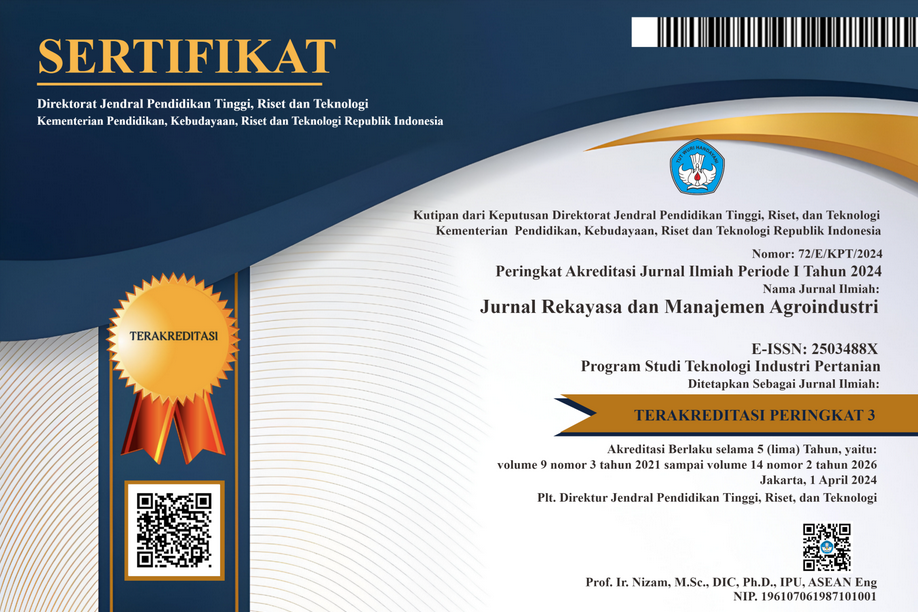SISTEM PENGEMBANGAN BUNGA HIAS DI BALI
Abstract
This study aims to create a structural model of system development ornamental flowers. Ornamental flowers are needed horticultural crops in Bali. The number of ornamental flowers in Bali needs greater than the sum of production in Bali so that should bring ornamental flowers from outside Bali. The solution of these problems is to create a system of ornamental flower development in Bali in hopes of providing a reference for farmers, farmer groups, employers and others who will develop ornamental flowers. This study uses the technique ISM (Interpretative Structural Modelling) method involving expert with as many as 5 experts, which consists of the Office of Government, practitioners, and academics. Elements involved in the ISM technique reasearch are (1) the public sector is affected, (2) the need for development, (3) the main constraint, (4) possible changes, (5) the impact and development objectives, (6) a benchmark in development, and (7) the relevant institutions. The study produced sub key elements of each of these elements, namely: (1) production facilities providers, (2) the availability of land, (3) lack of integrated management, (4) increased production, (5) increasing farmers' income, (6 ) increasing the productivity and production of ornamental flowers in Bali, and (7) farmer groups.Downloads
Download data is not yet available.
How to Cite
RESTU WIANA, I Putu; TUNINGRAT, I.A. Mahatma; SURYAWAN WIRANATHA, A.A.P.Agung.
SISTEM PENGEMBANGAN BUNGA HIAS DI BALI.
JURNAL REKAYASA DAN MANAJEMEN AGROINDUSTRI, [S.l.], v. 3, n. 1, p. 19-30, mar. 2015.
ISSN 2503-488X.
Available at: <https://ojs.unud.ac.id/index.php/jtip/article/view/16895>. Date accessed: 29 dec. 2025.
Issue
Section
Articles
Keywords
28;

Ciptaan disebarluaskan di bawah Lisensi Creative Commons Atribusi-BerbagiSerupa 4.0 Internasional.
Seluruh artikel di Jurnal ini dapat disebarluaskan atas tetap mencantumkan sumber yang syah. Identitas judul artikel tidak boleh dihilangkan. Penerbit tidak bertangggung jawab terhadap naskah yang dipublikasikan. Isi artikel menjadi tanggung jawab Penulis.














